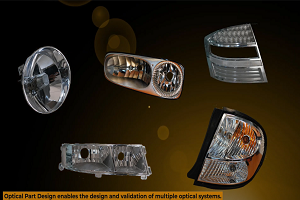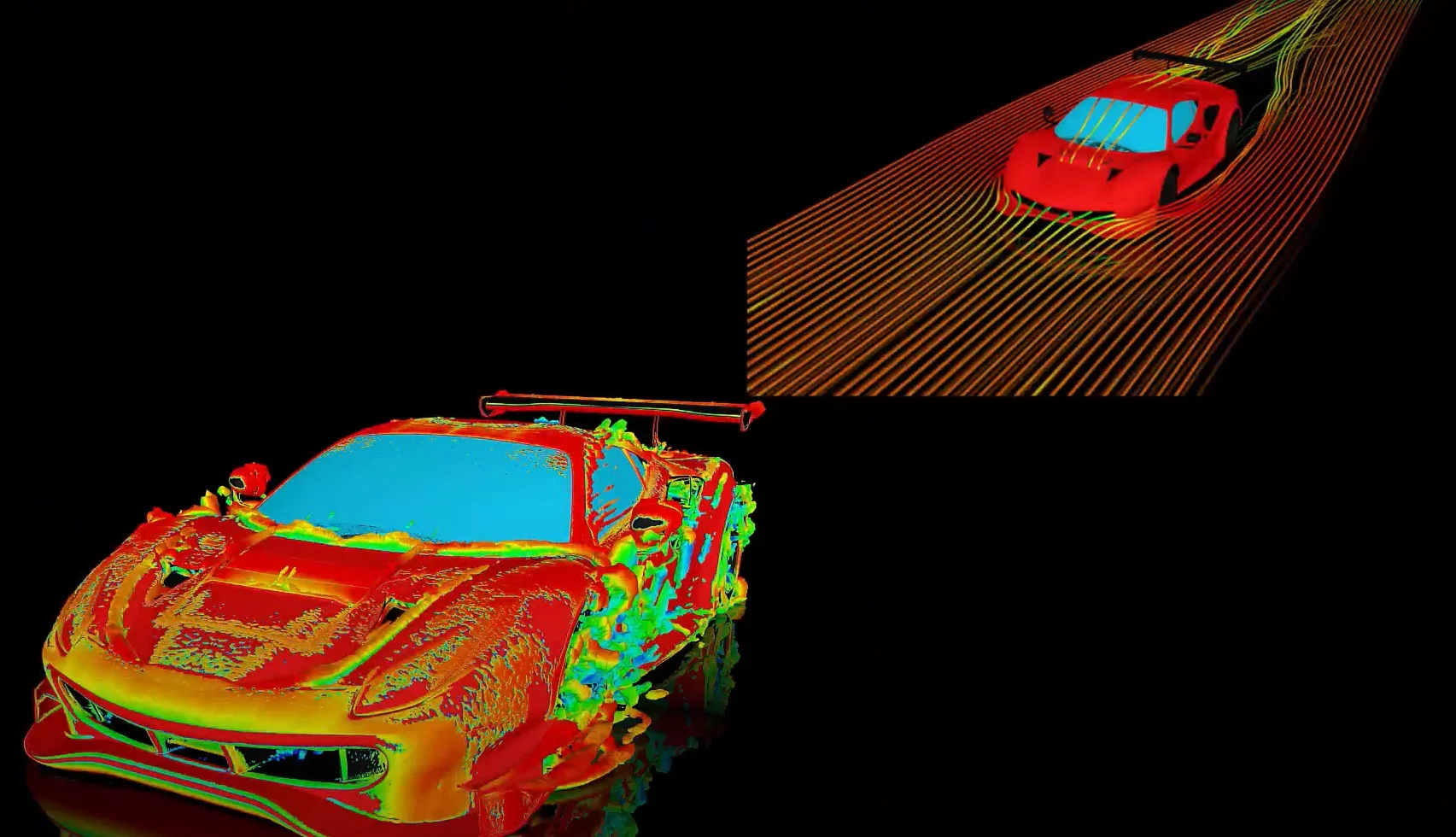Tagged: 18.2, CFX-TurboGrid, fluid-dynamics, General, turbo, turbogrid
-
-
April 5, 2023 at 2:32 pm
 FAQParticipant
FAQParticipantFor certain geometries in TurboGrid, too many layers layers can be created. The resulting span-wise interpolation can then generate negative element volumes. The workaround is to turn off automatic intermediate layer creation, delete extra layers, and perhaps switch to linear span-wise interpolation. The instructions for these steps are: 1. Double click on Layers in the tree outline. Change “Intermediate Layers Insertion Mode” from “Automatic – Adaptive” to “Manual”. 2. Delete the first couple of layers from the hub so that the first layer off the hub is at ~0.25 span fraction. 3. Double click on Layers in the tree outline. Change “Spanwise Mesh Interpoloation Guide Curves” from “Automatic” to “Piece-wise linear”. Further Notes: It is known that the TurboGrid Automatic Insertion of layers does not always work as you would expect. The insertion tolerance has a dependence on the blade shape, blade thickness and ATM topology selected. If there are any changes in these, then TurboGrid will not be consistent in how many layers it will insert. When preparing new cases for comparing to an existing design, it’s best to start with the same TurboGrid state file with the automatic layer insertion turned off. That will minimize mesh changes from one case to the next. To do this in Workbench, turn off automatic layer insertion (see 1. above), then copy the TurboGrid system and connect it with the new design. Furthermore, under Mesh Data you can choose the option “Lock mesh size” to limit the mesh size changes that are based on blade geometry.
-


Introducing Ansys Electronics Desktop on Ansys Cloud
The Watch & Learn video article provides an overview of cloud computing from Electronics Desktop and details the product licenses and subscriptions to ANSYS Cloud Service that are...

How to Create a Reflector for a Center High-Mounted Stop Lamp (CHMSL)
This video article demonstrates how to create a reflector for a center high-mounted stop lamp. Optical Part design in Ansys SPEOS enables the design and validation of multiple...

Introducing the GEKO Turbulence Model in Ansys Fluent
The GEKO (GEneralized K-Omega) turbulence model offers a flexible, robust, general-purpose approach to RANS turbulence modeling. Introducing 2 videos: Part 1 provides background information on the model and a...

Postprocessing on Ansys EnSight
This video demonstrates exporting data from Fluent in EnSight Case Gold format, and it reviews the basic postprocessing capabilities of EnSight.

- How to overcome the model information incompatible with incoming mesh error?
- Is there a way to get the volume of a register using expression ?
- Skewness in ANSYS Meshing
- What are the requirements for an axisymmetric analysis?
- What are pressure-based solver vs. density-based solver in FLUENT?
- Fluent GPU Solver Hardware Buying Guide
- How to create and execute a FLUENT journal file?
- How to get information about mesh cell count and cell types in Fluent?
- What is a .wbpz file and how can I use it?
- How can I Export and import boxes / Systems from one Workbench Project to another?

© 2025 Copyright ANSYS, Inc. All rights reserved.

